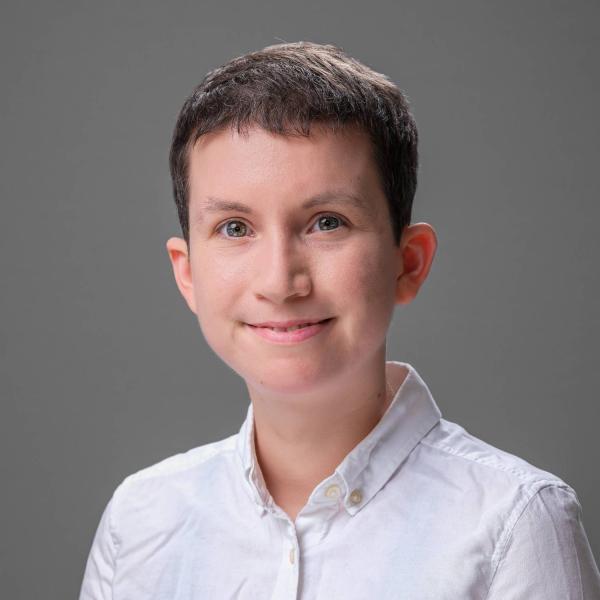Medicine is a high-paid and high-status career. It is also a big profession – and expected to grow considerably over coming decades. Understanding differences in access to medical careers by ethnicity, and different career paths within medicine by ethnicity, is therefore an important and interesting part of understanding the labour market experiences of people from different ethnic backgrounds more generally. There is also a growing evidence base (albeit largely from the United States) showing that non-White patients treated by a doctor of the same ethnicity as them experience better health outcomes. For both these reasons, the ethnic diversity of doctors working in the NHS matters. In this report, we use the Electronic Staff Record (ESR), the monthly payroll of all staff directly employed by NHS organisations, to examine the ethnicity mix of doctors working for the NHS in England and highlight differences across types of roles, gender and country of medical training.
Key findings
1. The share of doctors in the NHS who are non-White is far above the share of non-White people in the working-age population. In 2021, 51% of junior doctors and 41% of consultants were non-White (excluding those with unknown ethnicity). This compares with 20% of the English working-age population. Much of this is driven by international recruitment, with the vast majority of internationally trained doctors being non-White. But even among UK-trained doctors, 37% of junior doctors and 24% of consultants were non-White.
2. Among junior doctors, every ethnic minority group makes up a larger share of the workforce than in the wider English working-age population. By far the largest non-White group is Asian, making up 33% of junior doctors in 2021 (excluding those with unknown ethnicity). 8% of junior doctors in 2021 were Black, compared with 5% of the working-age population. However, among UK-trained junior doctors, only 3% were Black.
3. Among consultants (the most senior doctors in the NHS), not all ethnic minority groups make up a larger share than in the wider working-age population. As with junior doctors, by far the largest non-White group is Asian, making up 32% of consultants in 2021 (excluding those with unknown ethnicity). Just 3% of consultants were Black, compared with 5% of the working-age population. Among UK-trained consultants, the share who were Black was even lower at just 1%.
4. Non-consultant specialists were much less likely to be White than consultants: 59% of consultants were White (excluding those with unknown ethnicity), but only 37% of non-consultant specialists were White, and every non-White ethnicity accounted for a smaller share of consultants than of non-consultant specialists. This is because non-consultant specialists are much more likely to be trained abroad (38% of consultants were trained abroad compared with 68% of non-consultant specialists). Among UK-trained doctors, a higher share of non-consultant specialists were White than among consultants.
5. There have been substantial changes in the ethnicity mix of doctors over the last decade, in part reflecting the growing share of incoming non-White junior doctors. In 2012, 46% of junior doctors were non-White, compared with 51% in 2021 (excluding those with unknown ethnicity). The share of Black junior doctors has particularly increased, from 4% in 2012 to 8% in 2021. The share of non-White senior doctors (consultants and other specialists) also increased, from 39% in 2012 to 45% in 2021.
6. More male doctors are non-White than female doctors. For example, 55% of male junior doctors were non-White in 2021, compared with 48% of female junior doctors (excluding those with unknown ethnicity). Although a larger share of junior doctors than of senior doctors overall are non-White, male senior doctors and female junior doctors have very similar shares who are non-White.
7. There are differences in the ethnicity mix of doctors working in different clinical specialties, but all specialties have a larger share of non-White doctors than in the wider English working-age population. At the extremes, 60% of senior doctors working in ophthalmology and 57% working in endocrinology and diabetes medicine were non-White in 2021, compared with 31% working in intensive care and 39% working in anaesthetics (excluding those with unknown ethnicity).
8. Even though the NHS’s doctor workforce is ethnically diverse, this does not mean the experience of staff is equal. The NHS’s own analysis finds that Black and minority ethnic staff (not just doctors) are a quarter more likely to experience harassment, bullying or abuse from colleagues than their White counterparts, two-and-a-half times more likely to experience discrimination, and a third less likely to be appointed from shortlists. The large representation of non-White ethnicities among NHS doctors should therefore not be taken as a sign that all is well – it may well be that non-White doctors who are succeeding are doing so in spite of unequal opportunities.











